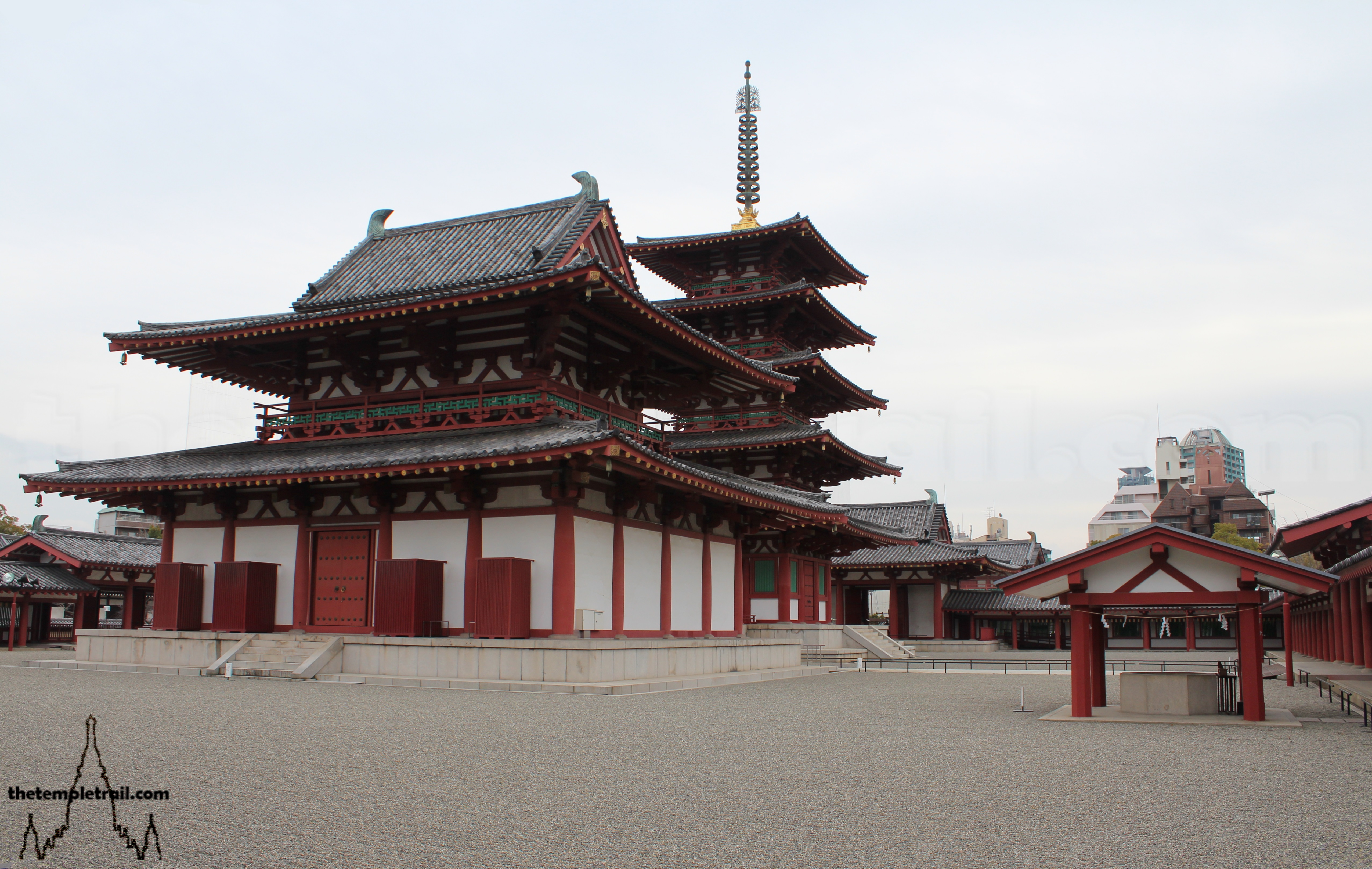The Balinese jungle gives way to cloudy rocks as your driver propels you further into the sky. Your rapid ascent takes you along the ridge of a long extinct volcano that fills the heavenly void of Bali. The pressure builds in your ears as your car flies through the clouds. Below, the forests seem so far away, shrouded by the mists. You skirt the water-filled crater on one side and a drop into jungle down the outside precipice. As you lurch forward along the lip, you come to a village that clings on to the thin ribbon. A stop here rewards you with a panoramic view of the dormant volcanic crater that houses huge lakes. Behind you, the chirruping of some domesticated forest birds adds a soundtrack to your vista. You climb back into your car and begin barrelling down the edge of the crater and towards one of the three great lakes of the old crater; Lake Bratan. As you approach, some structures begin to take shape on the surface of the lake. Thatched spires organically rise from the waters like giant reeds heralding your arrival at Pura Ulun Danu Bratan, over 1000 metres above the Balinese sea.

Water is vital to the Balinese. So much so, that they refer to their form of Hinduism as Āgama Tirta, meaning Belief-system of Water. The traditional divisions of the island are based on the irrigation system. Every time the water branches into a different area, a pura tirta (water temple) is constructed on the divergence. A subak is a small community that is made up of the farms that get their water from the irrigation system. The water temples, dedicated to the goddess of water, Dewi Danu, act to regulate the amount of water going into the paddy fields of the subak. The priests allocate the water and follow the traditional Tri Hita Karana (three causes the creation of happiness) philosophy, dealing with the harmony of the gods, nature and people. The balance of these three elements is very important. The temple is an important hub for community activity for both spiritual and practical reasons. The head shrine for Dewi Danu is Pura Ulun Danu Batur, Temple of the Crater Lake, at Lake Batur. Rainfall into Lake Batur and the phosphates and minerals from there supplies the whole island’s ecosystem, thereby making it the most important water temple on the island.
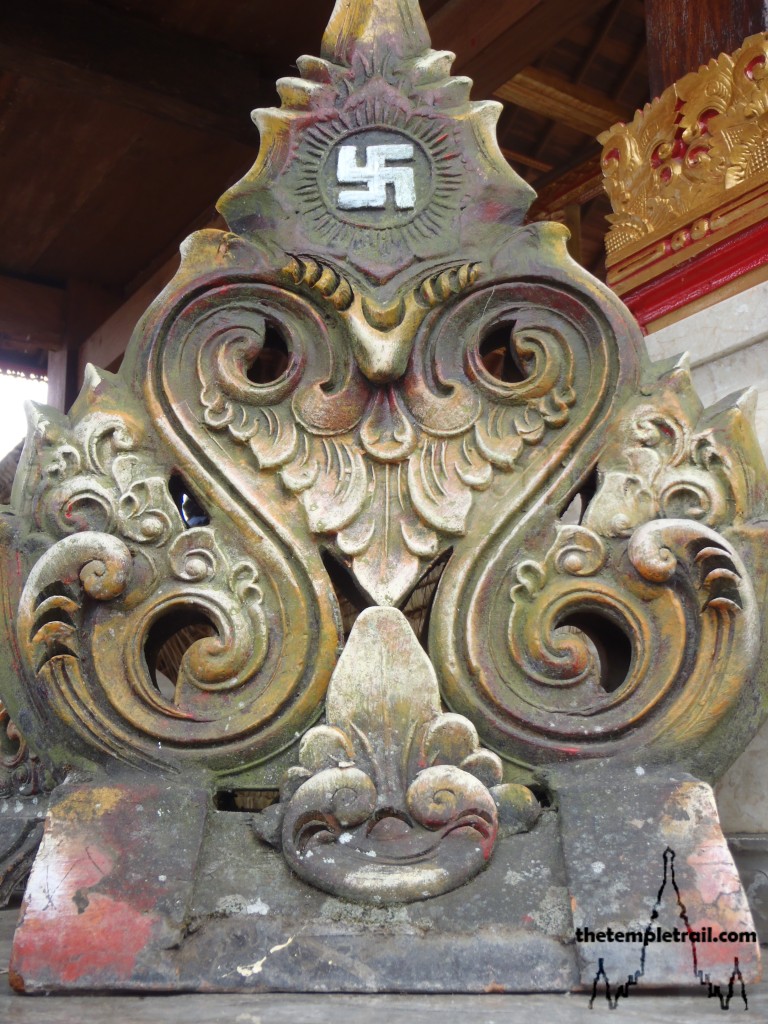
While it may not be the most important water temple, Pura Ulun Danu Bratan is certainly one of the most beautiful. First built in 1633 by I Gusti Agung Putu, ruler of the Kingdom of Mengwi, the name Ulun Danu means the Head of Lake Bratan indicating that it is the principle water temple of the area. The Babad Mengwi (chronicles of Mengwi) refers to the temple as the sanctuary located by the lakeside of Bratan Lake. The current name came later and is a reference to the goddess Dewi Danu being the main force of power in the lake. As well as being an important water temple, Pura Ulun Danu Bratan is also one of the nine kahyangan jagat (directional Temples) that protect the island from evil spirits.
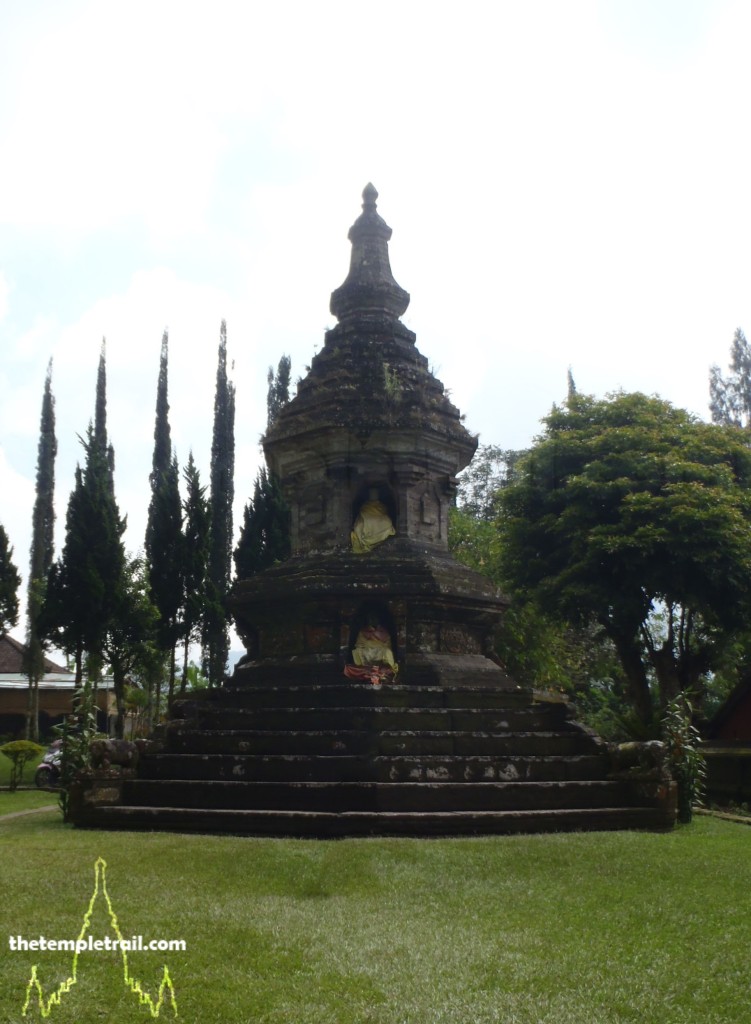
As you walk towards the lakeside temple, you pass through some lovely manicured gardens. The lush verdant landscape swallows you and directs you towards the entrance. Immediately outside the central Hindu complex, is a Buddhist stupa. The simple structure is two tiered and has cloth swaddled Buddha figures at the cardinal points. The humid atmosphere has finished the stupa with nature’s touch of moss and lichen. The stupa shows the coexistence of the two religions for many hundreds of years. Buddhism is mostly defunct now in Bali and under Acintya (the supreme god), Dewi Danu and Dewi Sri (rice goddess) occupy the religious foreground.
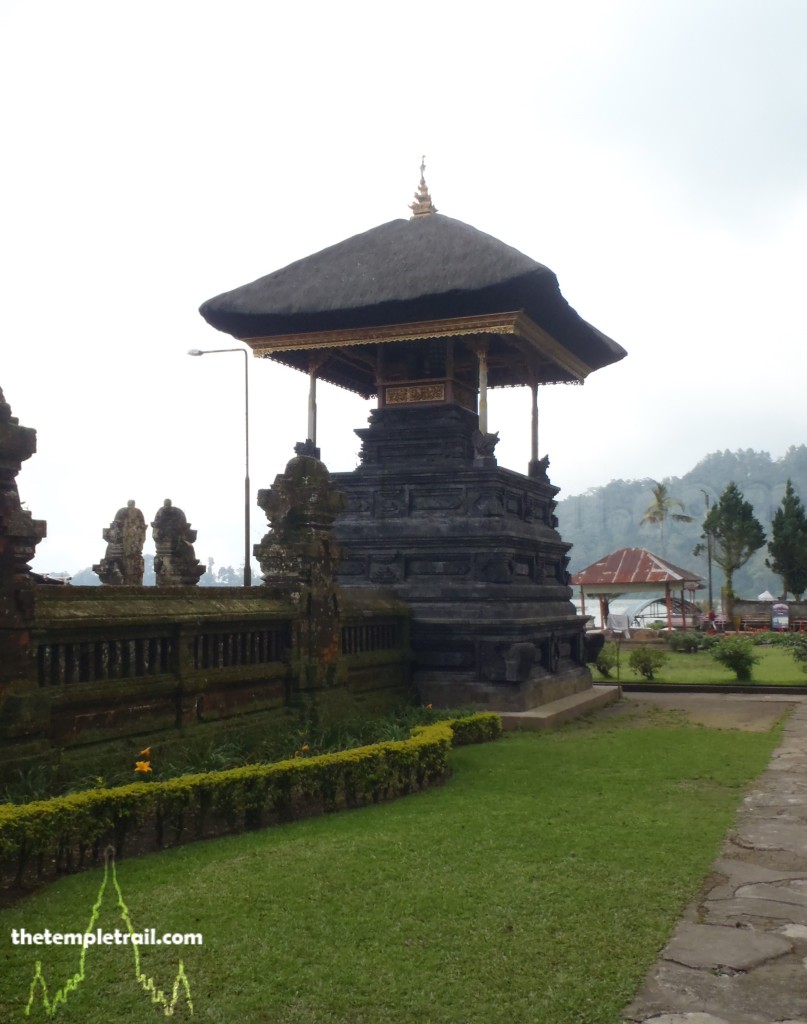
Following the wall of the complex towards the lake, you pass a raised stone platform with a tali duk (black palm fibre) thatched roof. A shrine sits on top, sheltered by the roof and is a prelude to what is around the corner. Coming to the front edge of the temple complex, you see a padmasana; a raised throne for Acintya, who is also known as Sanghyang Widi Wasa (the all-in-one god). No temple in Bali would be complete without the empty throne for the god to sit in, as he is the most popular of all of the gods. He is a manifestation of the three Main Hindu gods of the trimurthi; Brahma, Wisnu (Vishnu) and Siwa (Shiva), and is prayed to for universal preservation. The padmasana gives Acintya a vista across the calm waters of the crater-lake and is conspicuous as you close in on the waterfront.
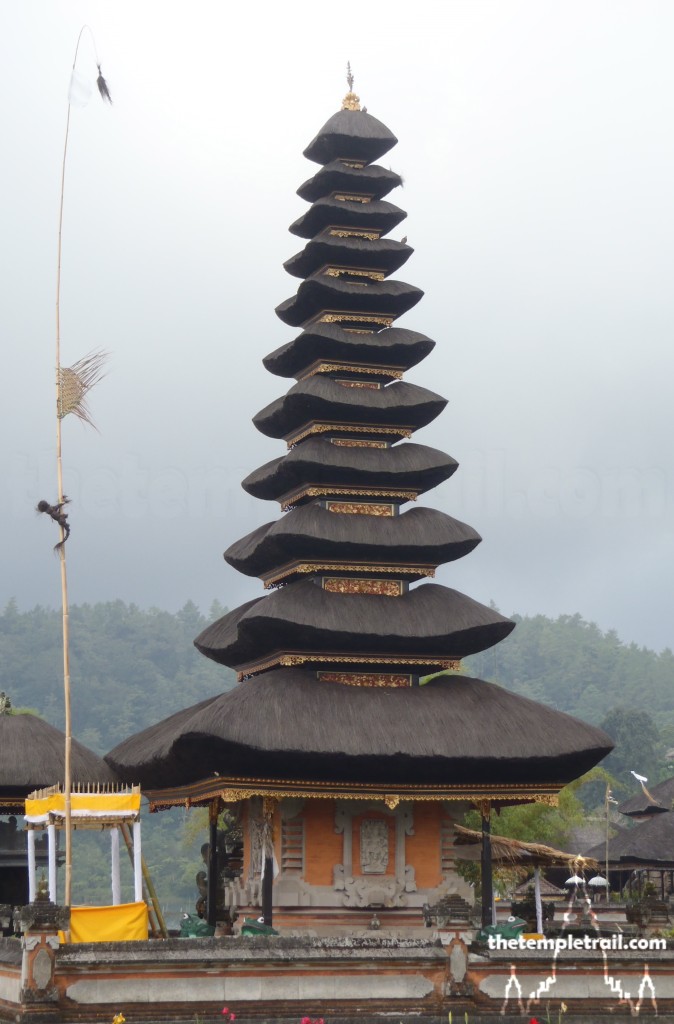
A jagged spire juts out of the crystalline waters of the lake. The eleven stories of the main palm fibre thatched meru (tower) represents Gunung Mangu, the mountain abode of Wisnu. Palebahan Pura Tengahing Segara, as it is named, is where locals from nearby Songan Village worship the god, along with Dewi Danu, who resides in the meru also. As the goddess of the lake, there is no more fitting a place for her to be, than the prominent stack in the water. The majestic tower is an icon of Bali and is one of the images that your mind conjures when you think of Balinese pura. Next to the tower, an archaic Umbul-umbul (banner) flies in the wind and adds an even more exotic facet to the temple.
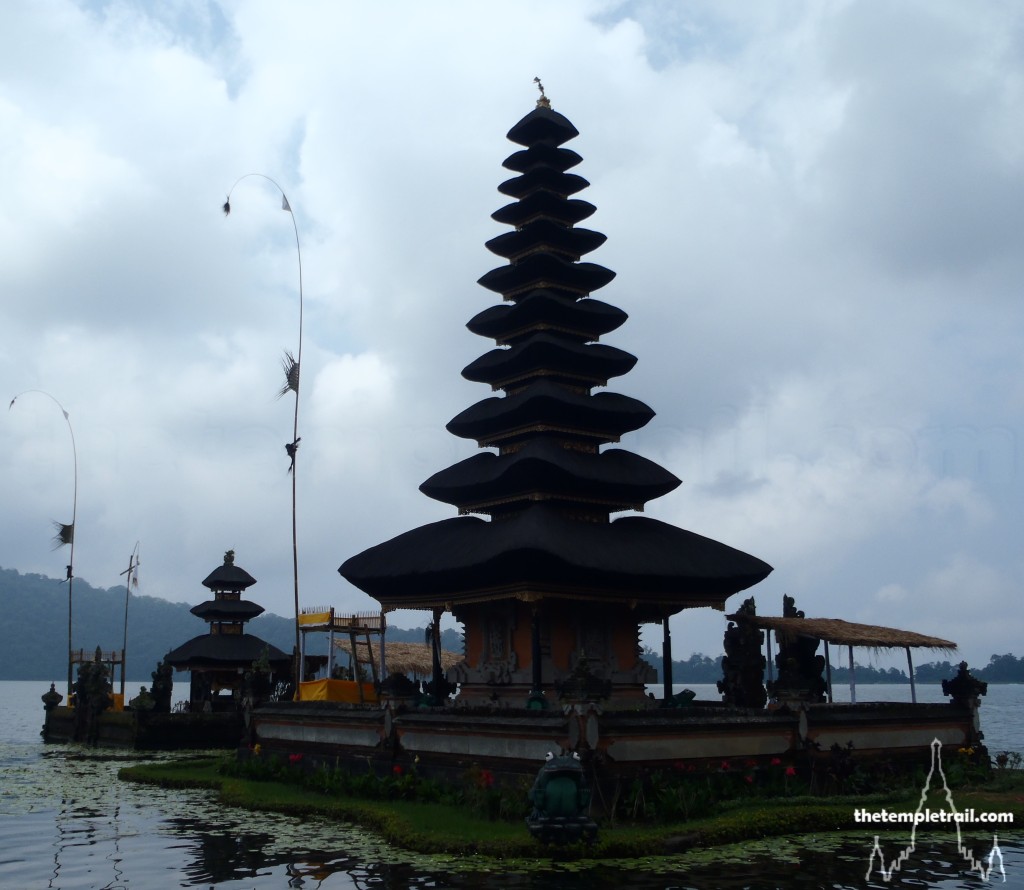
Just behind the eleven-tiered meru is Palebahan Pelinggih Lingga Petak, a smaller three-level meru. This miniature tower is the location of a holy well that is the source of the local tirta (holy water). The water can only be drawn by the priests and it is forbidden to enter the lake near the well. The meru is also the holy abode of Siwa and his consort Parwata (Parvati or Shakti). The small precinct has four cardinal entranceways, making it a one-off in Balinese temple design. The four entrances reflect the belief that the lake is fed by four springs in the directions of the four winds.
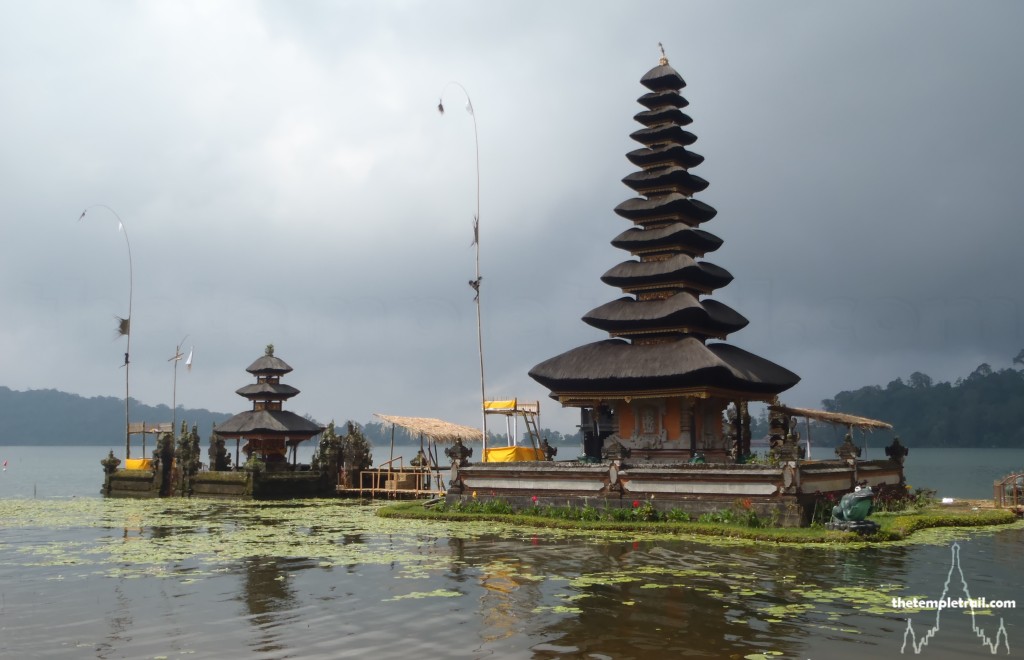
The two structures gracefully reflect the surroundings, and the mountains they represent are an intrinsic part of Bali. The lake also holds another part of the multi-enclosured complex. Pura Taman Beji is not visible to you here, but it lies to the north. The Pelinggih Padma, a roofless structure, is where ritual cleansing of the local village’s Pratima (god symbols) in the tirta during the Melasti ceremony takes place. The ceremony purifies both the Bhuana Alit (small world) and Bhuana Agung (the universe). The Balinese like to compartmentalize the universe, and thereby their own land, as they are intrinsically interlinked (the cosmos is described in terms of their own island). The concept of tri-mandala is that each realm is divided into three. The utamaning mandala is the innermost and holiest and reserved for the gods. The madyaning mandala is for human daily existence and the nistaning mandala, the outermost, is the buffer zone; a place for the dead. A homestead will be arranged in this way, but temples particularly so. The nistaning mandala (also known as the jaba pisan) is around the outside and separates the sacred from the mundane. The madyaning mandala (jaba tengah) holds various bale (pavilions) for normal functions, such as congregating or playing music, and the bale perantenan (temple kitchen). The utamaning mandala (jeroan), demarcated by a kori agung (roofed gateway), is where the meru and padmasana are located, along with the bale pawedan (chanting pavilion) and reliquaries.
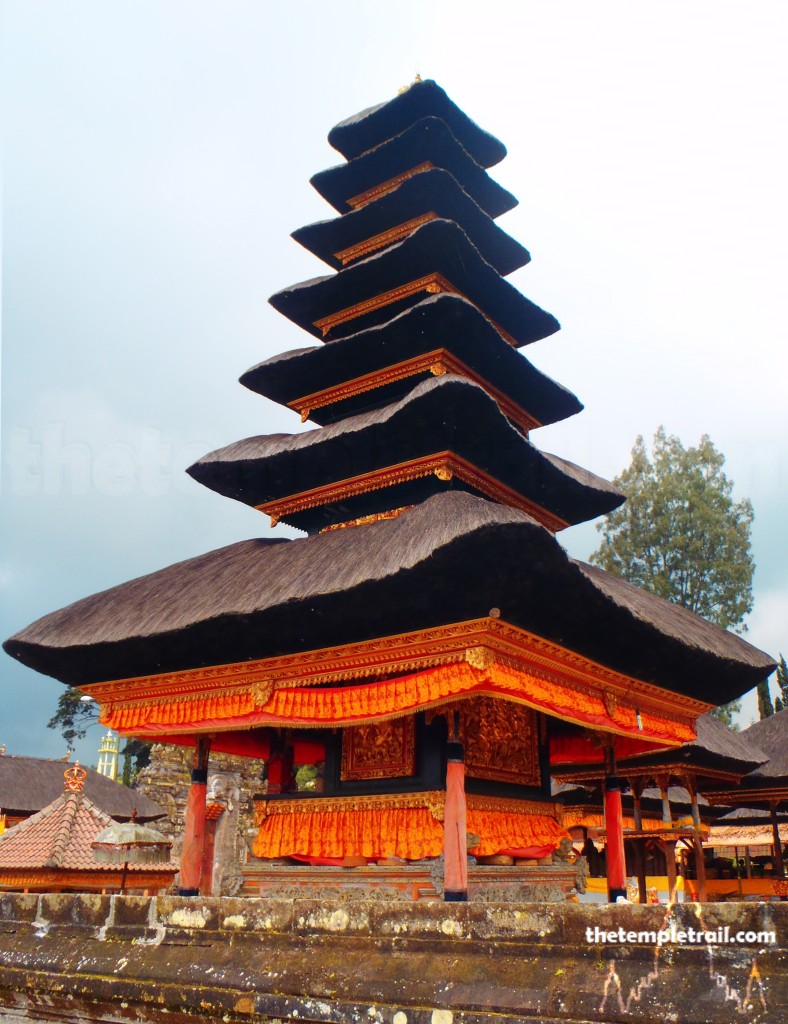
The structures on the lake all constitute utamaning mandala, but now you head back inland to another. Pura Penataran Agung holds a seven-tiered meru dedicated to Brahma. The tower is a stumpier reflection of the one on the water. This area of the complex is the main land-based Utamaning Mandala. The Kori Agung separates it from the rest of the temple and you are unable to cross past the brightly coloured gate into the area. The gateway points away from the actual Gunung Agung (Mount Agung), as is usual with Balinese temples. From the low wall where you look in, you observe the bright tower with its play of orange and black contrasts. Surrounding it are some small bale and two impressive padmasana with their backs facing you. The rear of the thrones are decorated with Garuda (the mythical bird-man). The Garudas here seem far more sedate than the normal grimacing Balinese depiction that stares goggle-eyed, fangs bared as his tongue stabs out of his beak. More thatched shrines fill the mandala and add to the complexity of the dance of shape and colour.
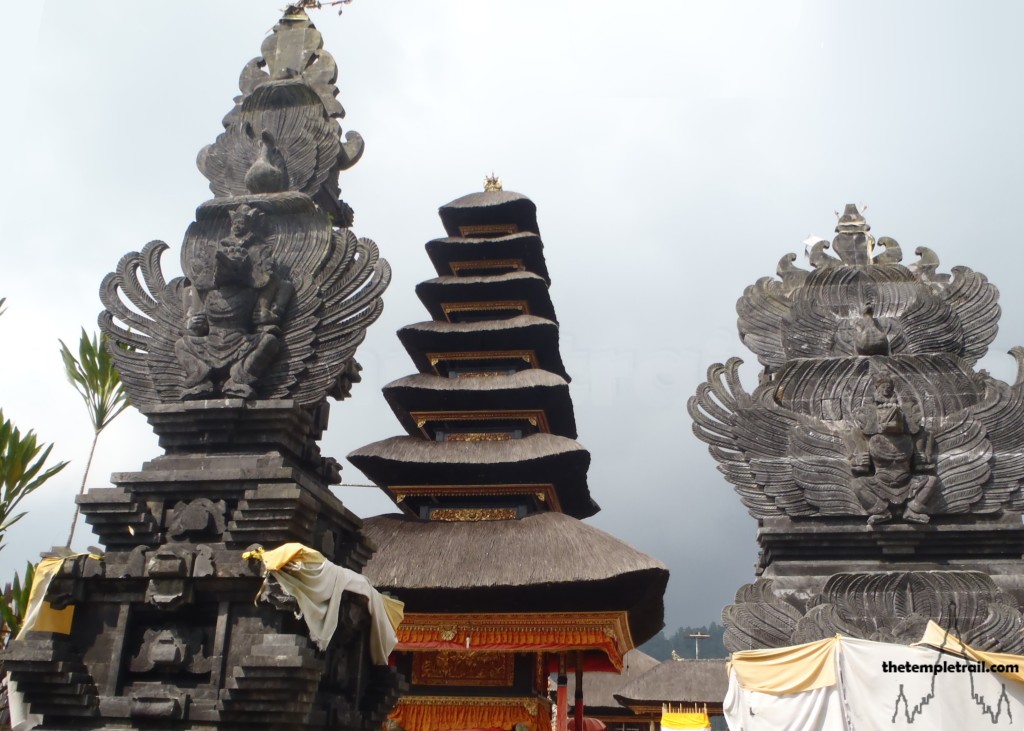
Following the wall south along the lakeside, you enter the compound at Palebahan Pura Dalem Purwa. This sector is primarily dedicated to Bhatari Durga (Durga), the wrathful war goddess form of Shakti. Durga can also transform into Kali; the goddess of death, so the function of this temple is one of death, though it is far from lugubrious. A Balinese village is obliged by customary law to maintain three temples. The Pura Puseh (temple of origin) is at the kaja (pure side) of the village, the Pura desa (village temple) is in the centre of the village where the daily activities occur and the pura dalem (temple of death) is in the kelod (unclean side). It functions using the tri-mandala system. Where you stand now is not only dedicated to the deities of death and destruction, but also to Dewa Ludra (Shiva in his incarnation as Rudra). Ludra is a storm god and also represents destructive forces, but he has the power to cleanse your mind and help you with a good reincarnation.
Having walked through the phases of the mandala, you exit the temples via Pura Prajapati, a temple for Durga’s minister. The large banyan tree marks the area and leaving it, you find yourself in a tropical garden. Bizarre painted animal statues interplay with nature, yet seem out of place. What melds perfectly with the environment are the elements of the temples themselves. The meru echo the mountains, yet blend into the water of the lake; reflections creating mirages of three differing realms. The peaks reaching suarga, the abode of the gods, while you remain steadfastly in buwah, the world of man. The reflections seem to delve deep into bhur, where the demons live. The concept of threes is so perfect here on Bali, where the worlds collide. To the east is Gunung Agung, the abode of the gods, the centre of the Balinese universe.
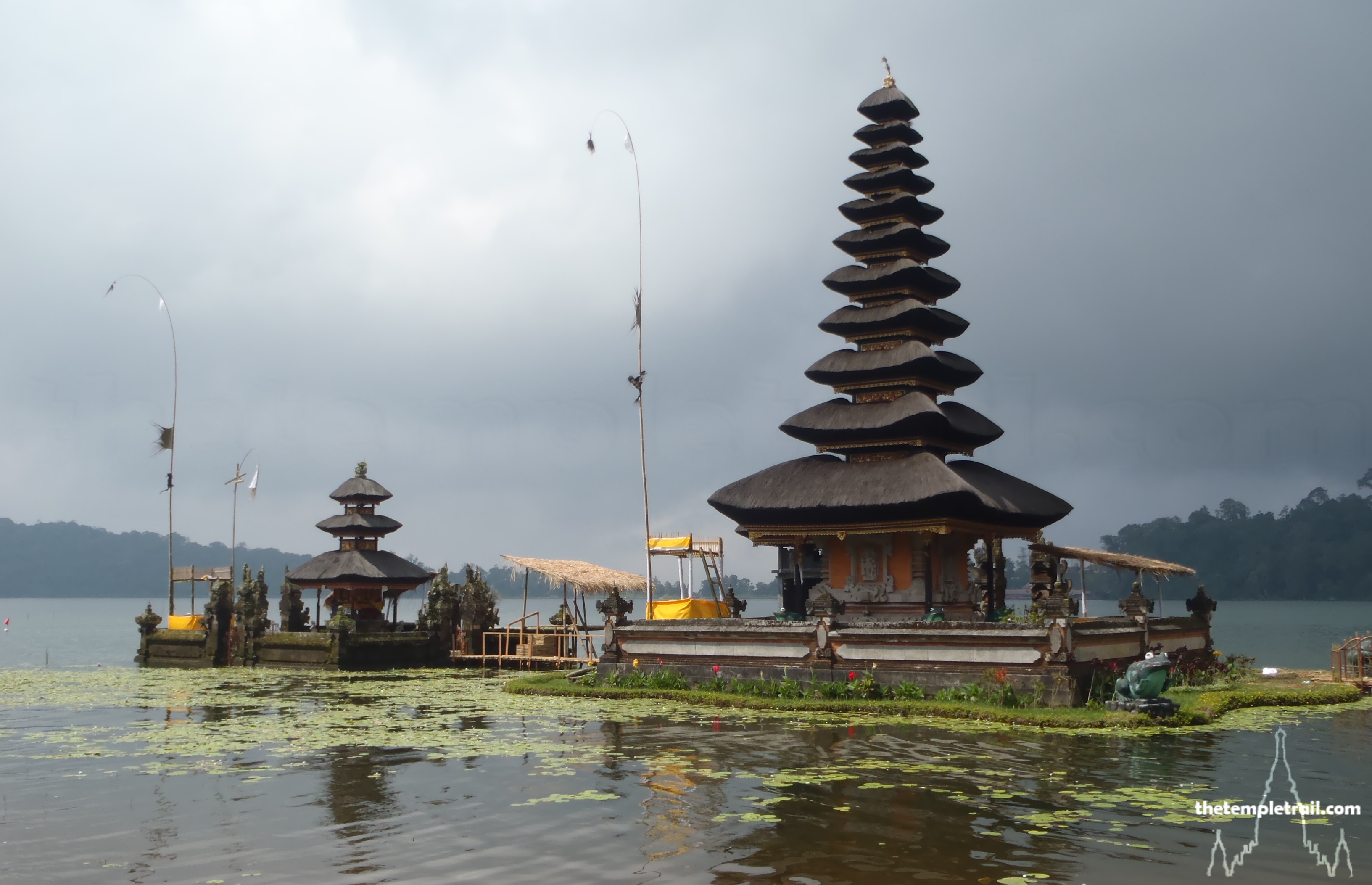
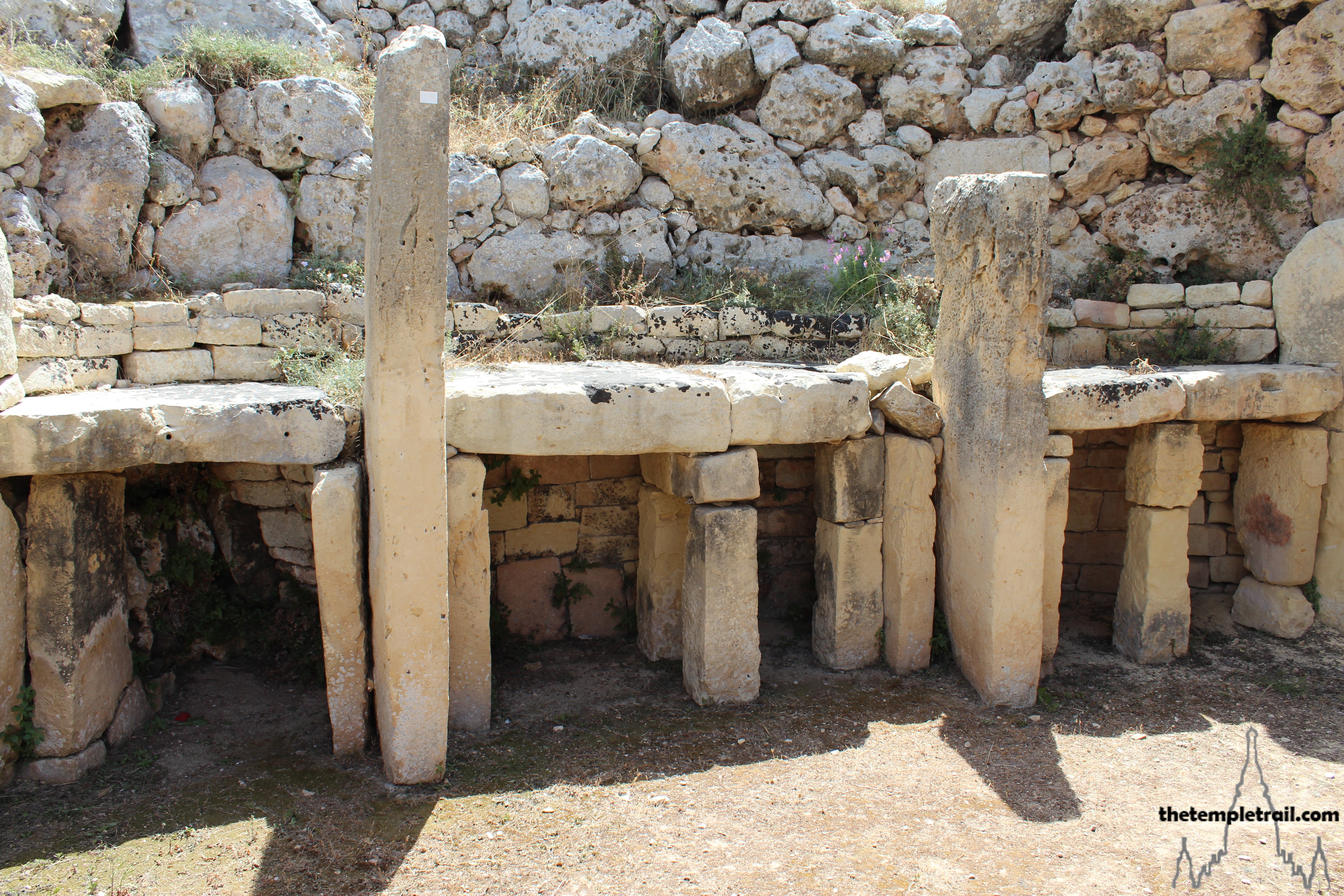 Ġgantija
Ġgantija